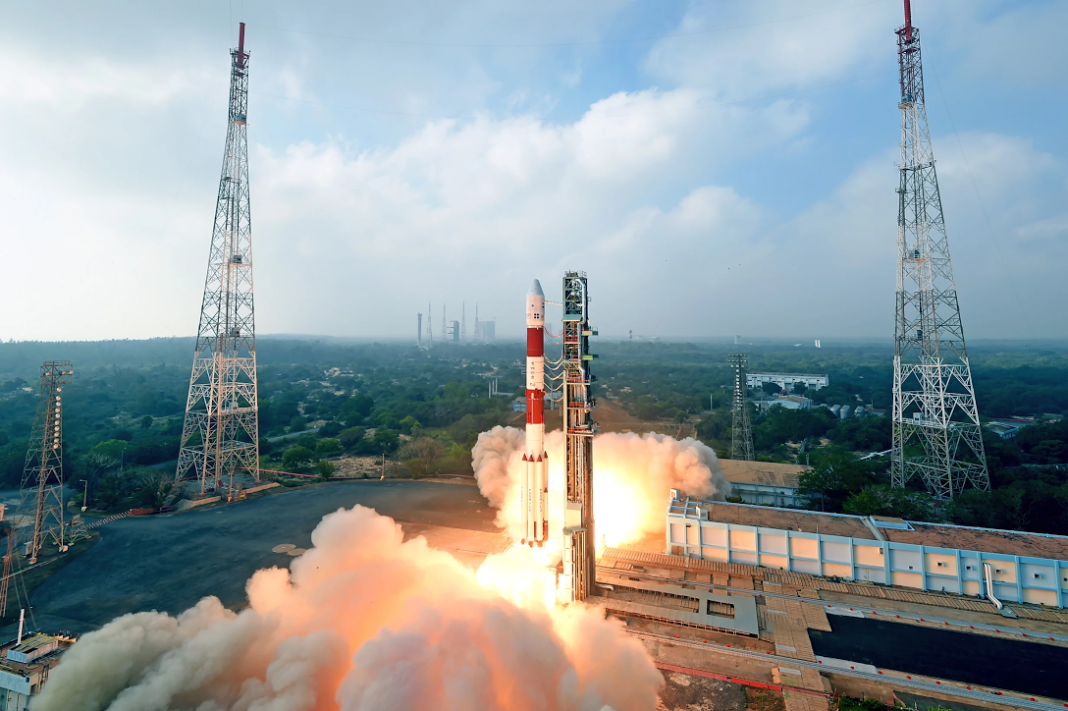ISRO successfully tests cryogenic engine for moon mission
The CE-20 cryogenic engine, which will power the nation’s rocket for the third moon mission, Chandrayaan-3, had a flight acceptance hot test that was successfully completed, according to the Indian Space Research Organisation (ISRO).
Buy Prime Test Series for all Banking, SSC, Insurance & other exams
ISRO successfully tests cryogenic engine for moon mission: Key Points
● The LVM3-M4 rocket’s cryogenic upper stage will be powered by the CE-20 cryogenic engine, according to the space agency.
● On February 24, a 25-second hot test was performed at the ISRO Propulsion Complex in Mahendragiri, Tamil Nadu.
What is a Cryogenic engine?
● Cryogenic Engine: The Greek words “Kyros” (cold or freezing) and “gene” are the origin of the word “cryogenic” (burn or produced).
● A cryogenic engine is a rocket engine that runs on a cryogenic fuel and oxidizer, both of which are liquefied gases that are maintained at very low temperatures.
● Cryogenic technology is the use of rocket propellants at extremely low temperatures. Cryogenic rockets are theoretically a considerably more complicated technology than solid or liquid propellant (stored on earth) stages because they utilise propellants at extremely low temperatures.
● Yet, compared to other types of propellants, such as solid and liquid propellant rocket engines, a cryogenic engine is more efficient and generates more force per kilogramme of cryogenic propellant consumed.
Instagram Founders Open Artifact News App to Everyone
Important Takeaways For All Competitive Exams:
● ISRO Chairman: S. Somanath
● ISRO First Chairman: Vikram Sarabhai
● ISRO Foundation Year: 15 August 1969
Also Read: Telefónica Germany Selects TCS as Transformation Partner to Build Future-Ready Operations Support




 Weekly Current Affairs One Liners 08th t...
Weekly Current Affairs One Liners 08th t...
 Which Indian City is Known as the Footwe...
Which Indian City is Known as the Footwe...
 Which Desert is known as the Cold Desert...
Which Desert is known as the Cold Desert...







